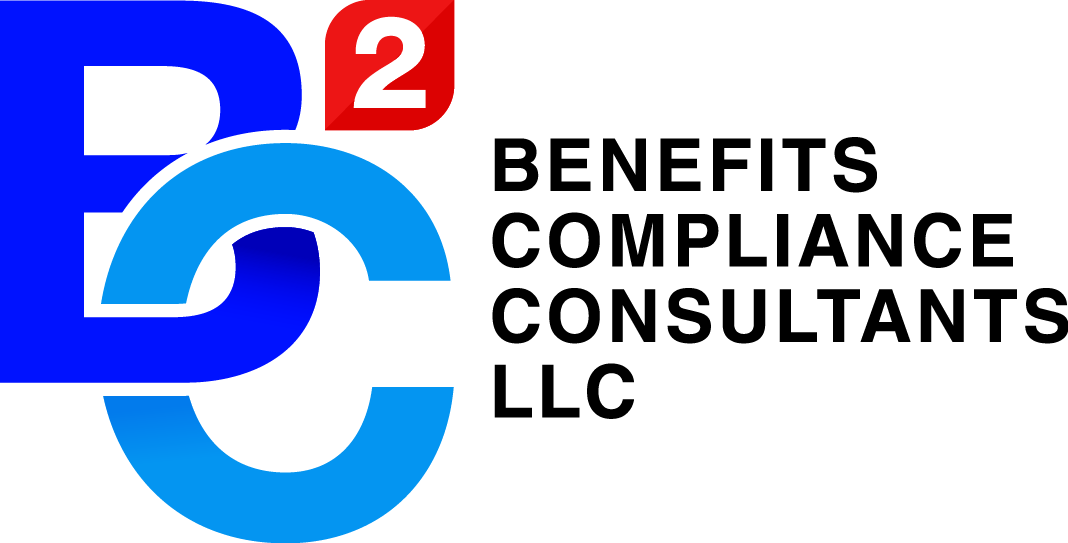Ever since the ACA came into being, a lot of organizations have always struggled to understand all the requirements and guidelines that came with it. It has always remained an issue for employers. Some companies, on the other hand, have chosen not to take it as seriously as they need to. Sometimes, employers send their reports and never hear anything back until much later, when they get swamped with waves of letters from the IRS.
What are the Different Types of Penalties Incurred by Employers?
There are mainly two types of penalties received by companies from the IRS. One pertains to the lack of coverage provided to employees by the employer, and the other is related to the affordability of the plan offered. If an employer has refused to provide coverage to their workforce, then they can get hit with up to $2000 of penalty fees per employee. If the plan offered isn’t affordable, the penalty fee may even go as high as $3000 per employee, which is a substantial amount of money for sure.

How to Stay ACA Compliant?
Looking into the ACA healthcare benefits is a complex process that can be quite overwhelming for employers or HR professionals. However, it can be broken down into smaller steps and implemented in a far simpler manner by considering a few things. Once your company has been identified as an applicable large employer, you need to start identifying eligible employees for health benefits. This can be done using different processes, each with its pros and cons. They are as follows:
1) Monthly Measurement
With this method, ACA eligibility is accessed every month and is dependent on the number of hours the employee has worked the previous month. If he or she worked at least 130 hours during the month, then they can be considered as a full-time employee. This method is the easiest to implement, and doesn’t require complicated calculations.
2) Look Back Measurement
With this method, eligibility is determined based on a span of 3 to 12 months defined as the measurement period as opposed to on a month-by-month basis. This method saves time as employers need to do it only once or a few times a year. However, the risk of getting a bigger fine is higher in the event of mistakes or miscalculations being made. Implementation is also quite complicated, especially when new hires join the workforce causing overlaps of measurement periods.
3) Extending Coverage to All
This is probably the safest method to avoid raking in huge penalties. There is no need to access eligibility or face difficulty in implementing measurement periods. This method also attracts top talent due to the extended coverage, making the business more competent and efficient in the long run.
At the end of the day, every business owner needs to pick the method that best works for themselves and their businesses to ensure that they can stay ACA compliant and remove any possibility of getting huge fines from the IRS.





